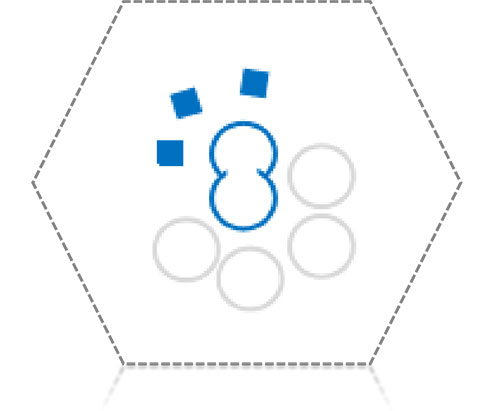Search ELISA Kits
Different Kinds Of BlueGene Biotech Recombinant Protein Products
Recombinant Protein Expression Systems

The commonly used prokaryotic expression system E.coli has the advantages of rapid expression, high expression amount, and good activity.
For fungal expression systems such as Pichia pastoris and Saccharomyces cerevisiae, the expression conditions are not very demanding, which offers the advantage of post-translational modification of glycosylation.
Insect cell Sf9, which is easy to operate, has a smaller genome and less impact on subsequent protein purification, and also has the advantage of post-translational modifications.
Mammalian cells, such as SP2 / 0293, CHO, etc., have low expression levels, but are closer to the three-dimensional structure of the native protein, with post-translational modifications, including glycosylation, phosphorylation, acetylation, methylation, etc.
How Recombinant Protein is Formed?

In the cytoplasm of prokaryotic cells, DNA is translated into mRNA, which binds to the ribosome complex, and with the help of tRNA, is translated into amino acid sequences, which are then folded into active proteins.
In the eukaryotic cytoplasm, DNA is transcribed into mRNA, enters the endoplasmic reticulum, binds to the ribose complex, interacts with tRNA carrying codons and amino acids, is translated into amino acid sequences, and in the Golgi, the amino acid sequences are folded And modified into an active three-dimensional structural protein, and post-translationally modified by glycosylation, phosphorylation, etc., internalized into vesicles and secreted into the cytoplasm or extracellular.









_00(1).webp)

